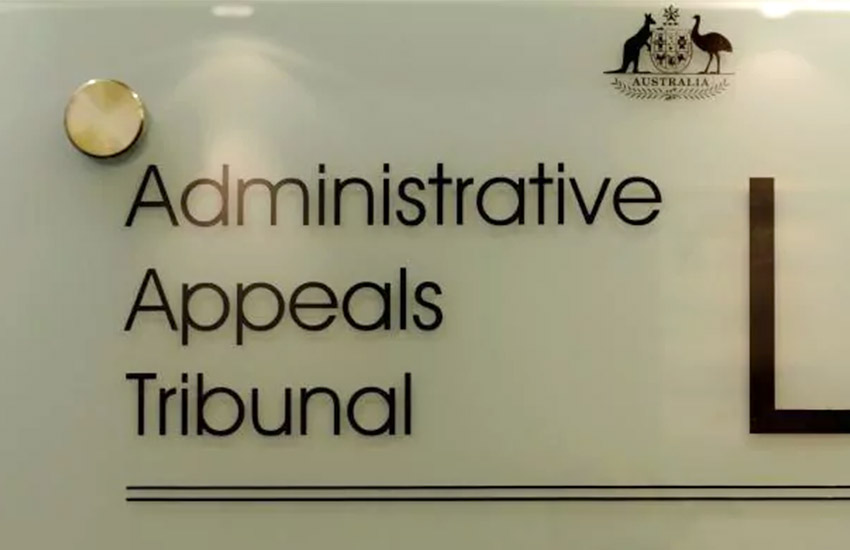The Administrative Appeals Tribunal has ruled that it does not have jurisdiction to determine if the ATO was misleading on its website, despite accepting that the taxpayer had genuinely made a mistake as a consequence of reading the ATO document.
You’re out of free articles for this month
The taxpayer, Raymond Lacey, had contended that the words used on an ATO web page had caused him to mistakenly believe that a pension drawdown qualified as a lump sum commutation.
Mr Lacey, who had $1,663,607.73 in his transfer balance account at the end of 30 June 2017, had moved to transfer $30,000 to his accumulation account, believing that together with his pension drawdowns totalling $41,589.96, it would bring his transfer balance account within the transfer cap of $1.6 million by the end of 31 December 2017.
The ATO subsequently issued a notice of assessment for excess transfer balance tax of $596.20 to Mr Lacey because pension drawdowns did not debit the transfer balance account.
However, Mr Lacey said he was led astray by the use of the word “remove” instead of the word “commute” on an ATO web page that ran from approximately 30 August 2017 to 27 January 2018.
The ATO web page had stated: “If, on 1 July 2017, you are over your $1.6 million cap by $100,000 or less and you remove this excess by 31 December 2017, then you will not have to pay excess transfer balance tax or account for notional earnings on the excess.”
In his cross-examination, Mr Lacey said, “If they had said, ‘If you’re over and you commute’, I would’ve commuted.”
Mr Lacey’s evidence was unchallenged by the commissioner, with AAT senior member Paul Ehrlich QC observing that the ATO’s web page had since been updated.
The current iteration reads as, “If you exceed your transfer balance cap, you have to rectify the excess by making a lump sum commutation from one or more retirement phase income streams. You can usually transfer the lump sum into an accumulation account; otherwise, it can be withdrawn from the super system. You may have to pay tax on the notional earnings related to that excess.”
Mr Ehrlich said: “Although the current iteration does not expressly say that pension drawdowns do not reduce transfer balance, it is objectively a much more instructive document than its predecessor.
“As I immediately observed, the Commissioner does know why the change was made; and the change provides fuller and more complete information to taxpayers. An obvious inference arises.
“Relevantly, if the current iteration was in use in December 2017, it is unlikely that Mr Lacey would have made the mistake he complains about. As I have already observed, Mr Lacey gave unchallenged evidence to the effect that had the word commute been used he would not have erred and would have commuted the full amount of $63,607.73.”
No jurisdiction
Despite acknowledging that Mr Lacey acted under a mistake, Mr Ehrlich said the AAT did not have the jurisdiction to determine whether the ATO document was or was not objectively misleading, therefore leading it to reject Mr Lacey’s application to review the decision.
“This is not only because it is irrelevant to the limited review function under section 14ZZK of the TAA 1953. It is also because, lacking such jurisdiction, the Tribunal has no legal framework or standard upon which to address or consider the issue,” Mr Ehrlich said.
“Specifically, neither the TAA 1953 nor the AAT Act gives the Tribunal jurisdiction to enquire into, or adjudicate upon, an allegation that a taxpayer has been led into error because the commissioner has engaged in misleading or deceptive conduct.
“In this circumstance, it is to be regretted that significant Commonwealth resources have been expended in seeking to defend the content of a document (the ATO Document) where the Tribunal lacked relevant jurisdiction to determine whether it was, or was not, misleading and where the document has, in any event, been replaced by a much more informative iteration.”

 Login
Login







